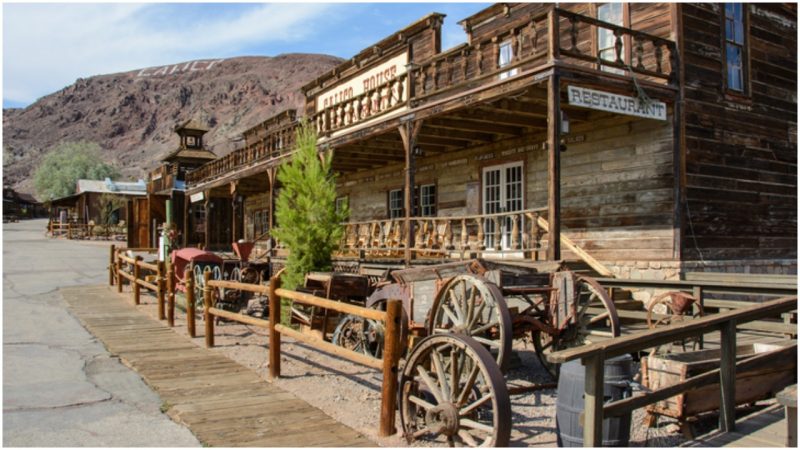San Bernardino is the largest county in the United States, and historically it was once home to many towns rich with silver and gold. Towns such as Oro Grande, Old Dad Mountain, and Dale are all part of this county. But our journey begins with another town neatly tucked under the red-hot sun in the Mojave Desert.
The town bears the name of Calico, for it lies at the foot of the Calico Mountains. Standing about three miles from the town of Barstow in California and three miles from the town of Yermo, this historical place was where the California Silver Rush occurred.
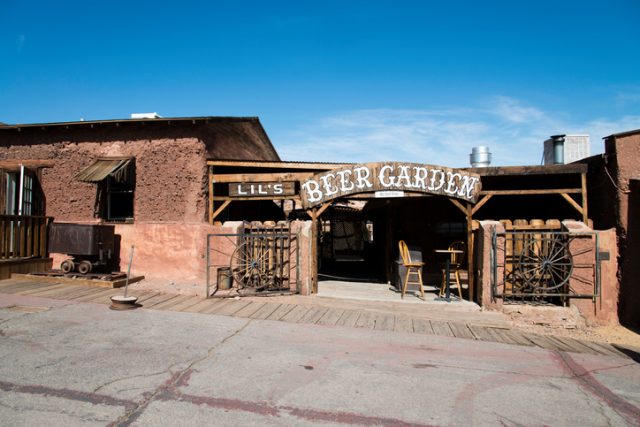
It was 1881 when a few prospectors left the town of Barstow and headed northeast. It wasn’t long before they reached the mountains of Calico.
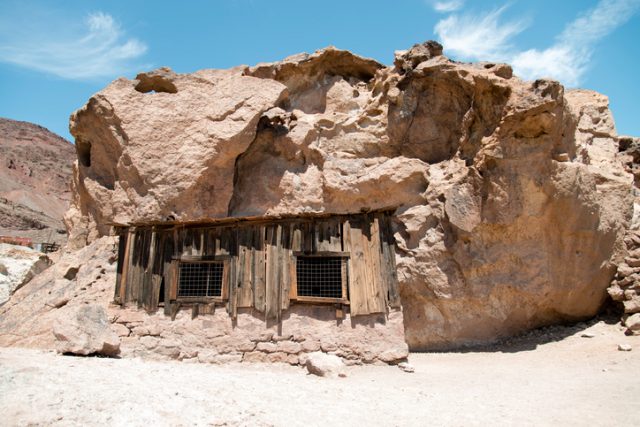
Trying out their luck, the prospectors were happy when they discovered silver, for the region, was rich in silver ore. They opened the Silver King Mine.
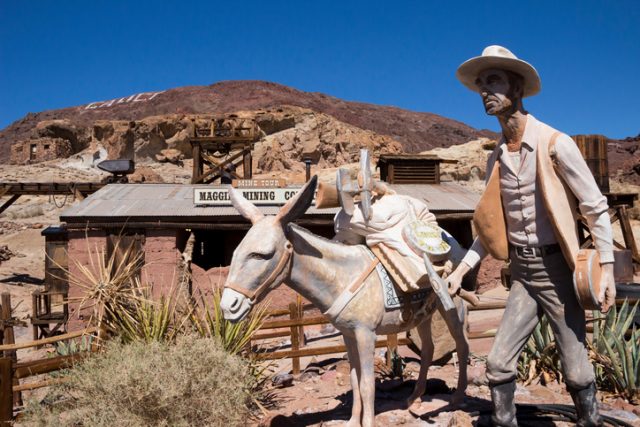
Over time, the mine grew and, around the 1880s, it became the largest producer of silver in the State of California. The prosperity of the mine brought others, and a Post Office was opened in 1882. That same year, a newspaper started circulating in the area named the Calico Print.
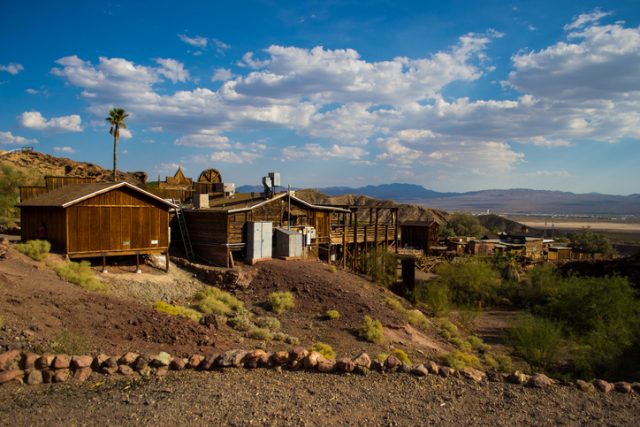
As more came and Calico grew, business boomed and five stores and three hotels were running under full steam, trying to satisfy the silver-hungry prospectors. Other businesses followed too, such as a meat shop, saloons, and bars. Boarding houses weren’t rare, and neither were brothels.
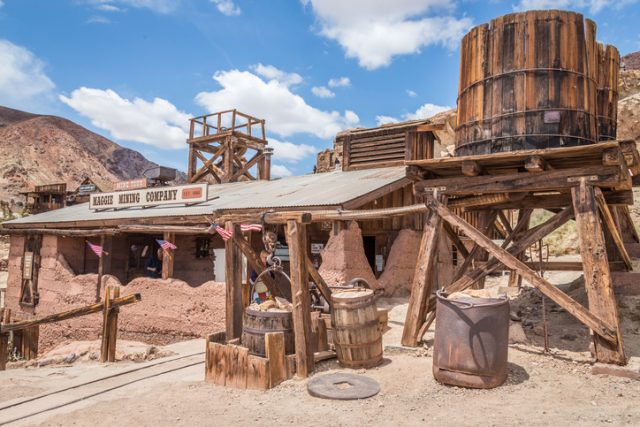
According to The Daily Mail, “Visitors could easily find disorderly houses by merely opening up the local or statewide directories, such as the 1895 Travelers’ Guide of Colorado. This 66-page manual helped the interested client decide which brothel was right for him. As the industry grew, so did the number of women who approached prostitution as a business profession.”
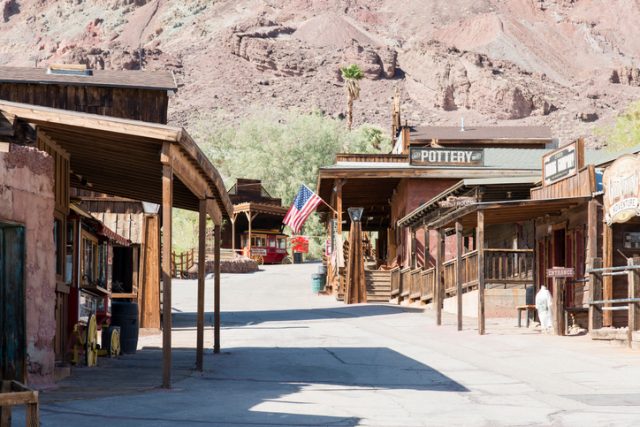
Calico was not all bars and saloons. As with many of the towns of the day, it had a school, a sheriff, a judicial officer known as the Keeper of the Peace, and two doctors. Being an auspicious town, it drew the attention of Wells Fargo & Company, which decided to open an office in Calico.
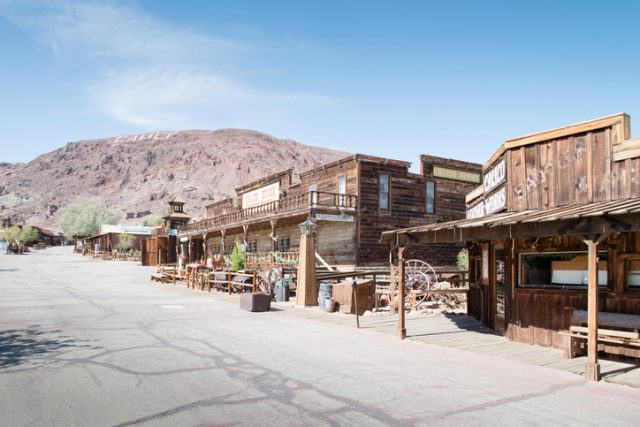
This town reached its peak in 1885, when there were around 500 mines operating in the area and more than 1,200 people that called this place home. Being part of the wild west, Calico too had a Boot Hill, a cemetery where all gunfighters, gunslingers, outlaws, and triggermen were laid to rest.
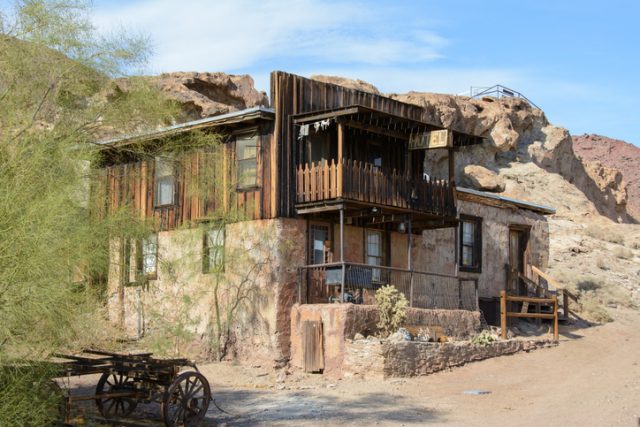
Colemanite was another mineral that was easily found in Calico’s mines, a mineral that only added to the overall popularity of this town. At the turn of the 19th century, Calico had around 3,500 denizens, people that came from as far as China just to be part of the silver rush. French and Greeks and English people arrived too.
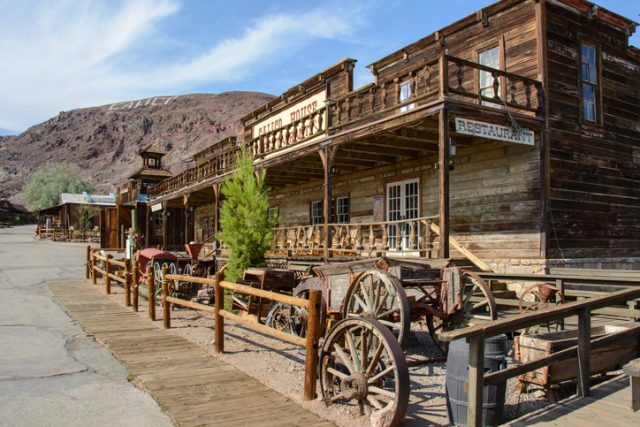
People exulted in all that silver, but the Sherman Silver Purchase Act brought them back to earth. This federal law led to the crash in the price of silver. The drop was so severe that the exploitation of silver was no longer profitable.
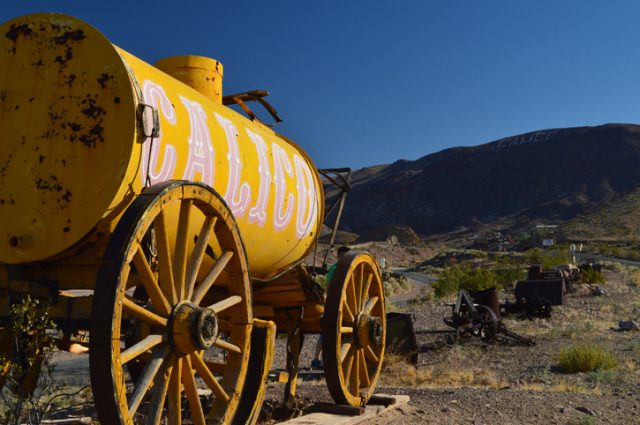
This very law is what killed the silver rush and by extension Calico itself. It was 1898 when the post office closed its doors, after which followed the school. By 1907 Calico was completely abandoned and vacant. It remained that way until 1915, when a man by the name of Walter Marvin Knott purchased Calico. His plan was to restore what was lost. And successful he was.
It was 1966 when Walter decided to donate Calico to the County of San Bernardino. Today the place has been fully restored to its historical appearance, offering tourists a chance to walk down the same streets as cowboys and outlaws once did.
